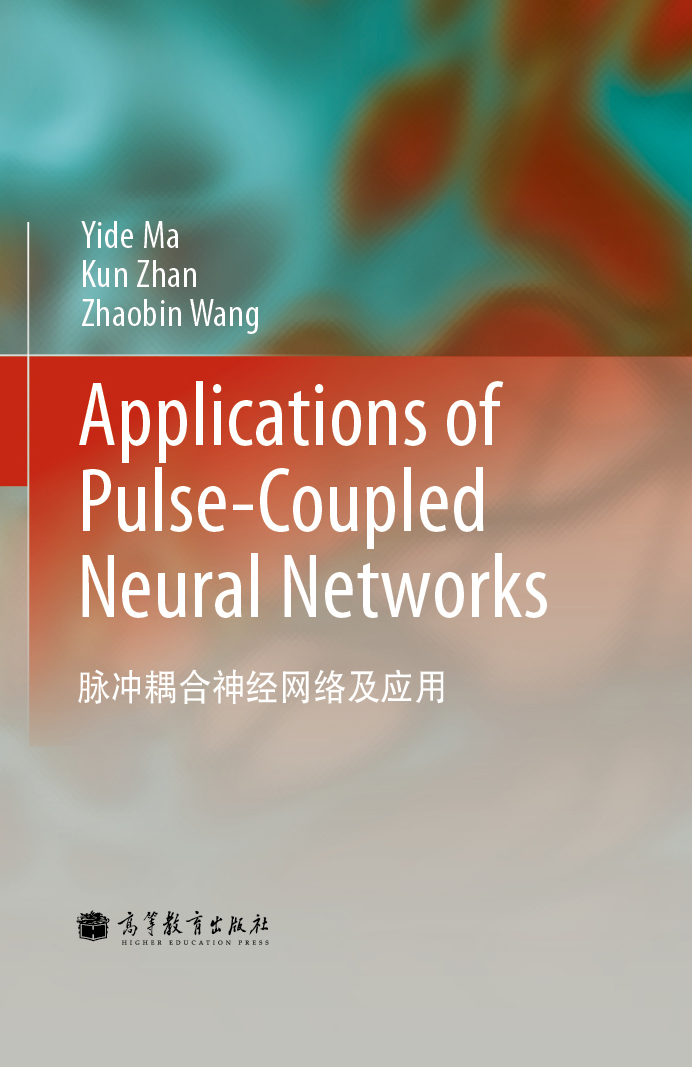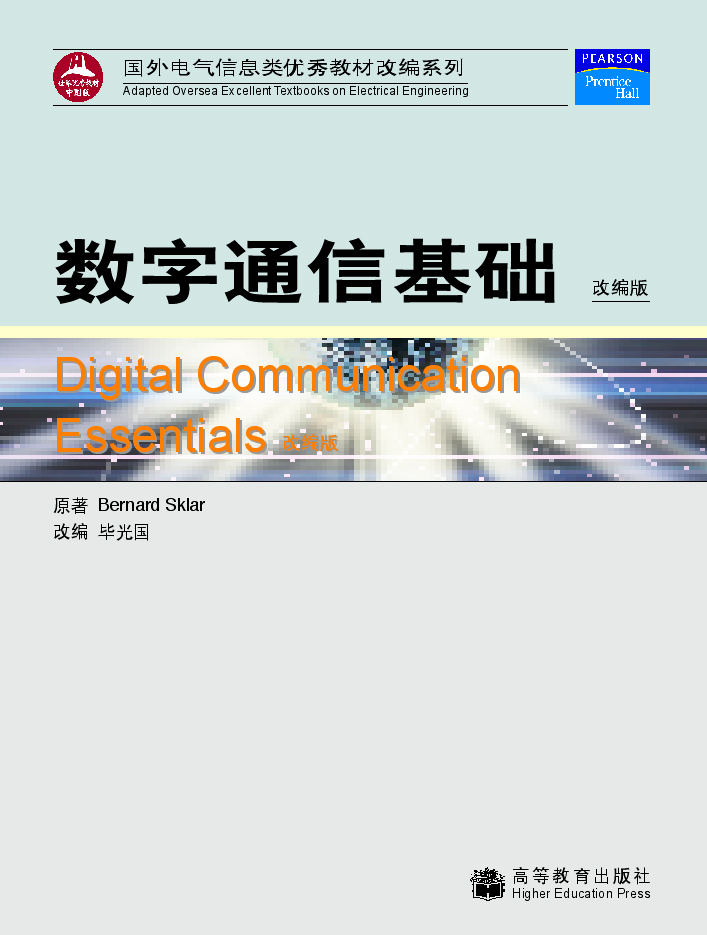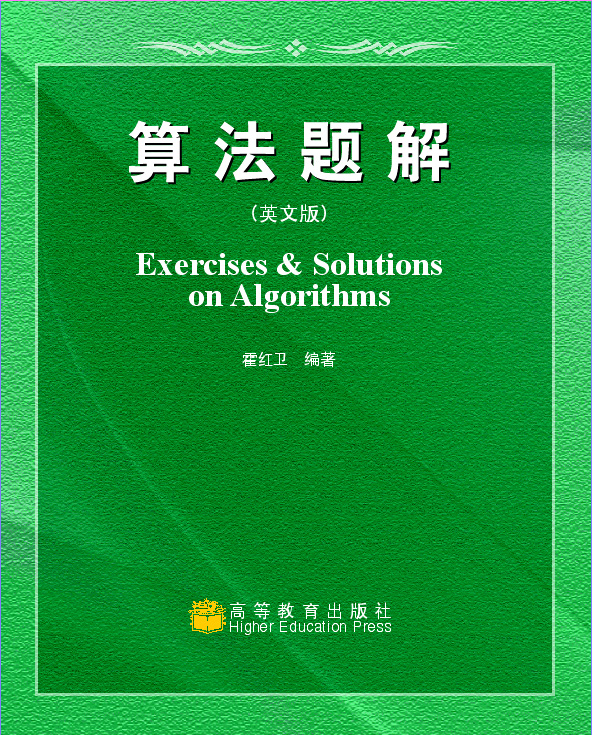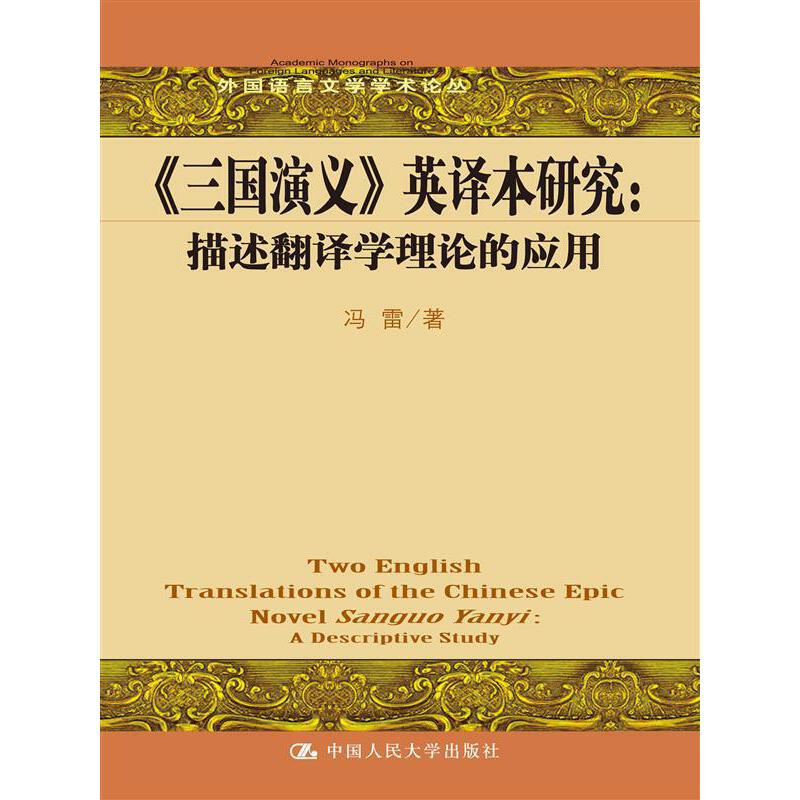脉冲耦合神经网络及应用(英文版) / 中国图书对外推广计划
作者: Yide Ma等
出版时间:2010-04
出版社:高等教育出版社
- 高等教育出版社
- 9787040279788
- 1版
- 227390
- 48266948-8
- 精装
- 16开
- 2010-04
- 300
- 212
- 工学
- 电子信息类
- TP183
- 电子电气
- 研究生及以上
There is no more complicated, advantaged and powerful device than the mammalian primate cortical visual system for image processing in nature.~The pulse-coupled neural network (PCNN) is inspired from the investigation of pulse synchronization within the mammalian visual cortex, and has been widely applied to image processing and pattern recognition.
Visual cortex is the passage for brain to acquire information from eyes and a part of brain central nervous system.~Several biological models based on visual cortex were proposed through investigation of cat cortex and had been applied to image processing.
The PCNN emulates the mammalian visual cortex, which is supposed to be one of the most efficient image processing methods.~The output of the PCNN is a series of pulse images which represent the fundamental features of original stimulus, such as edge, texture, and urons receive inputs from other neurons through synapses and are fired synchronously in certain regions, that is why the PCNN can be applied to image segmentation, smoothing, and coding.~Another important feature of the PCNN is that the pulse images are able to be characterized to a unique invariant signature for the image retrieval.
This book analyzes the PCNN in detail and presents some special applications and corresponding results based on our own researches.
Contributions of the book have come from Hongjuan Zhang, Rongchang Zhao, Maojun Su, Dongmei Lin, Xiaojun Li, Guanzhu Xu, Xin Wang, Zaifeng Zhang, Xiaowen Feng, Haibo Deng, Li Liu, Xiaozhe Xu,Chunliang Qi, Chenghu Wu, Fei Shi, Zhibai Qian, Qing Liu, Min Yuan, Jiuwen Zhang, Yingjie Liu, Xiaolei Chen, and our graduate students at Circuit and System Research Institute of Lanzhou University.
This work was supported by the National Natural Science Foundation of China under the No.60872109, Program for New Century Excellent Talents in University under the ET-06-0900, National Natural Science Foundation in Gansu Province under the No.0710RJZA015, and the Subproject of 985-3{rd} for Lanzhou University.
We would like to give many thanks to Ms. Hongying Chen for her excellent support, help, and suggestion for the publication of this book.
Chapter 1 Pulse-Coupled Neural Networks
1.1 Linking Field Model
1.2 PCNN
1.3 Modified PCNN
1.3.1 Intersection Cortical Model
1.3.2 Spiking Cortical Model
1.3.3 Multi-channel PCNN
Summary
References
Chapter 2 Image Filtering
2.1 Traditional Filters
2.1.1 Mean Filte
2.1.2 Median Filte
2.1.3 Morphological Filter
2.1.4 Wiener Filter
2.2 Impulse Noise Filtering
2.2.1 Description of Algorithm Ⅰ
2.2.2 Description of Algorithm Ⅱ
2.2.3 Experimental Results and Analysis
2.3 Gaussian Noise Filtering
2.3.1 PCNNNI and Time Matrix
2.3.2 Description of Algorithm Ⅲ
2.3.3 Experimental Results and Analysis
Summary
References
Chapter 3 Image Segmentation
3.1 Traditional Methods and Evaluation Criteria
3.1.1 Image Segmentation Using Arithmetic Mean
3.1.2 Image Segmentation Using Entropy and Histogram
3.1.3 Image Segmentation Using Maximum Between-cluster Variance
3.1.4 Objective Evaluation Criteria
3.2 Image Segmentation Using PCNN and Entropy
3.3 Image Segmentation Using Simplified PCNN and GA
3.3.1 Simplified PCNN Model
3.3.2 Design of Application Scheme of GA
3.3.3 Flow of Algorithm
3.3.4 Experimental Results and Analysis
Summary
References
Chapter 4 Image Coding
4.1 Irregular Segmented Region Coding
4.1.1 Coding of Contours Using Chain Code
4.1.2 Basic Theories on Orthogonality
4.1.3 Orthonormalizing Process of Basis Functions
4.1.4 ISRC Coding and Decoding Framework
4.2 Irregular Segmented Region Coding Based on PCNN
4.2.1 Segmentation Method
4.2.2 Experimental Results and Analysis
Summary
References
Chapter 5 Image Enhancement
5.1 Image Enhancement
5.1.1 Image Enhancement in Spatial Domain
5.1.2 Image Enhancement in Frequency Domain
5.1.3 Histogram Equalization
5.2 PCNN Time Matrix
5.2.1 Human Visual Characteristics
5.2.2 PCNN and Human Visual Characteristics
5.2.3 PCNN Time Matrix
5.3 Modified PCNN Model
5.4 Image Enhancement Using PCNN Time Matrix
5.5 Color Image Enhancement Using PCNN
Summary
References
Chapter 6 Image Fusion
Chapter 7 Feature Extraction
Chapter 8 Combinatorial Optimization
Chapter 9 FPGA Implementation of PCNN Algorithm
Index







